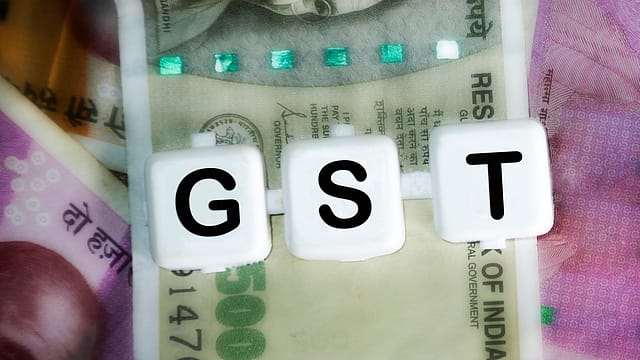Govt clears entire GST compensation dues of states
ADVERTISEMENT

The government on Tuesday cleared the entire amount of GST compensation payable to states up to May 31, 2022 by releasing an amount of ₹86,912 crore.
This decision was taken to assist the states in managing their resources and ensuring that their programmes, especially the expenditure on capital, are carried out successfully during the financial year, the Ministry of Finance says in a press statement.
"This decision has been taken despite the fact that only about ₹25,000 crore is available in the GST Compensation Fund. The balance is being released by the Centre from its own resources pending collection of cess," the ministry says.
After the introduction of Goods and Service Tax from July 1, 2017 states were assured compensation for loss of any revenue arising on account of implementation of GST as per the provisions of the GST (Compensation to States) Act, 2017 for a period of five years.
To provide compensation to states, cess is being levied on certain goods and the amount of cess collected is being credited to the compensation fund.
"Bi-monthly GST compensation to states for the period 2017-18, 2018-19 was released on time out of the Compensation Fund. As the states' protected revenue has been growing at 14% compounded growth whereas the cess collection did not increase in the same proportion, Covid-19 further increased the gap between protected revenue and the actual revenue receipt including reduction in cess collection," the finance ministry says.
January 2026
Netflix, which has been in India for a decade, has successfully struck a balance between high-class premium content and pricing that attracts a range of customers. Find out how the U.S. streaming giant evolved in India, plus an exclusive interview with CEO Ted Sarandos. Also read about the Best Investments for 2026, and how rising growth and easing inflation will come in handy for finance minister Nirmala Sitharaman as she prepares Budget 2026.
In order to meet the resource gap of the states due to short release of compensation, the Centre has borrowed and released ₹1.1 lakh crore in 2020-21 and ₹1.59 lakh crore in 2021-22 as back-to-back loan to meet a part of the shortfall in cess collection. Additionally, the Centre has also been releasing regular GST compensation from the fund to meet the shortfall.
Meanwhile, India Ratings & Research (Ind-Ra) recently said the Goods and Service Tax (GST) is unlikely to boost tax revenues of states as the average state GST growth during financial years FY18 to FY21 has been lower than the growth seen during FY14-FY17 when the taxes subsumed under the GST.
"The share of state GST (SGST) in their own tax revenue (SOTR) at 55.4% during FY18-FY21 compared to 55.2% during FY14-FY17 indicates that the growth in both SGST and non-SGST components of SOTR has been broadly similar. This means the GST implementation did not result in any incremental benefit to the SOTR. Moreover, SGST growth at an average 6.7% during FY18-FY21 has been lower than the 9.8% growth recorded by the taxes subsumed under GST during FY14-FY17," Ind-Ra said.
The data available so far does not instil confidence with respect to GST achieving or is on course to achieve its two key objectives, namely it boosts the tax revenue and is beneficial for the consuming states, the rating agency said.
